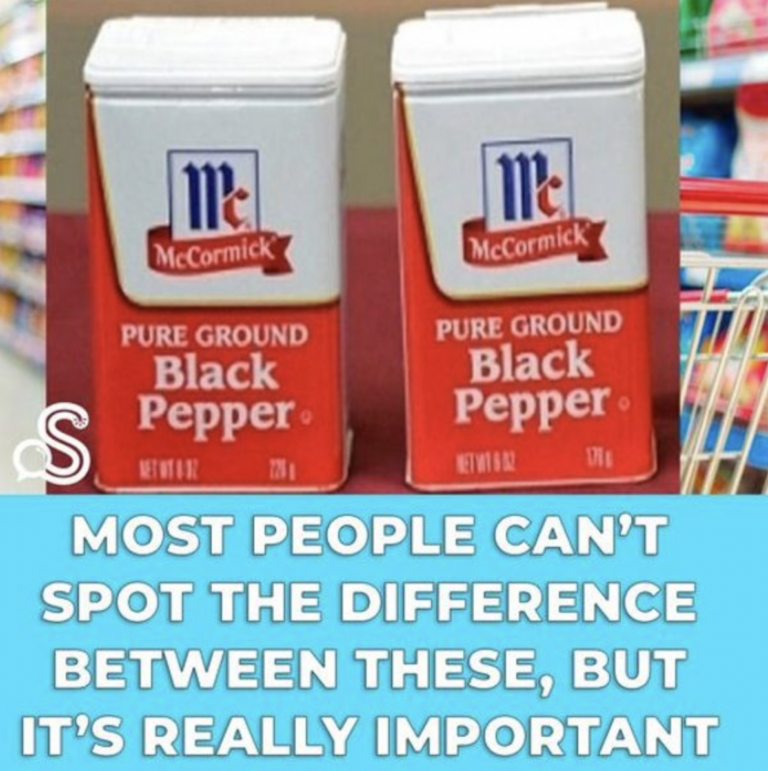Did you know that the size of a spice tin can make a significant difference? Popular spice makers like McCormick & Co. are currently facing lawsuits over the size of their ground pepper tins. This issue has sparked debate and concern among consumers and industry players alike.
Watkins Inc.’s Allegations
Watkins Inc., a smaller competitor in the spice industry, alleges that McCormick reduced the amount of pepper in their tins by 25% while keeping the tin size the same. This means that, despite the tins appearing identical, consumers are actually getting less pepper. Watkins argues that this practice is misleading and unfair.
The Importance of Transparency
The crux of the issue lies in transparency and fairness. Watkins claims that McCormick uses a visual trick to make it seem like they are selling more pepper per tin than they actually are. McCormick’s tins are opaque, making it difficult to see the actual amount of product inside. In contrast, Watkins uses smaller containers that hold the same amount of pepper as McCormick’s larger tins.

Allegations of Deceptive Practices
Watkins believes McCormick is attempting to deceive customers and gain an unfair advantage over competitors. They argue that McCormick is not improving their product but instead trying to make it appear better through deceptive packaging. Although McCormick’s tins do state the amount of pepper they contain, the “6 oz.” marker is in small, hard-to-read font.
Consumer Protection and Slack-Filling
This practice, known as “slack-filling,” is considered deceptive and a breach of consumer protection laws. By underfilling their tins, McCormick is not providing customers with the full amount of pepper they expect. This not only affects value for money but also makes it challenging for consumers to compare products accurately.
Conclusion
The next time you’re shopping for spices, take a closer look at the packaging. Don’t be fooled by the size of the tin – it’s what’s inside that counts. Transparency and accurate labeling are essential for making informed purchasing decisions.
